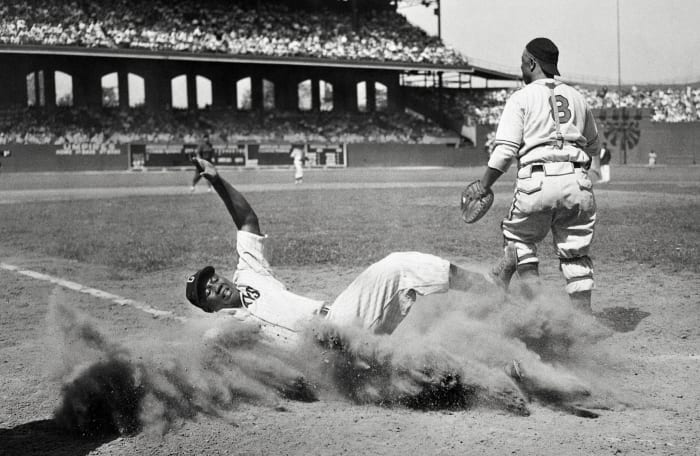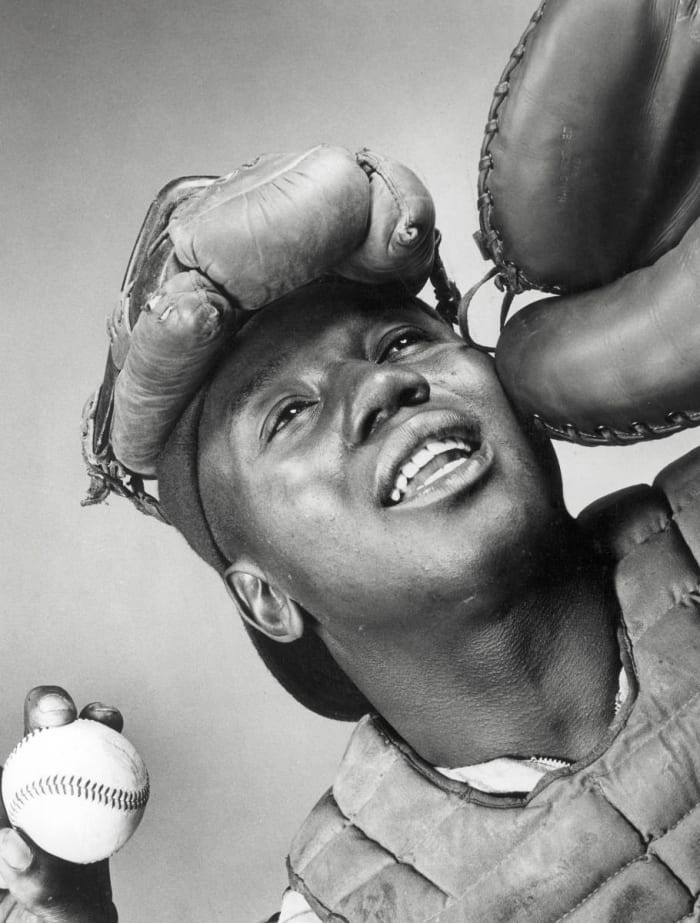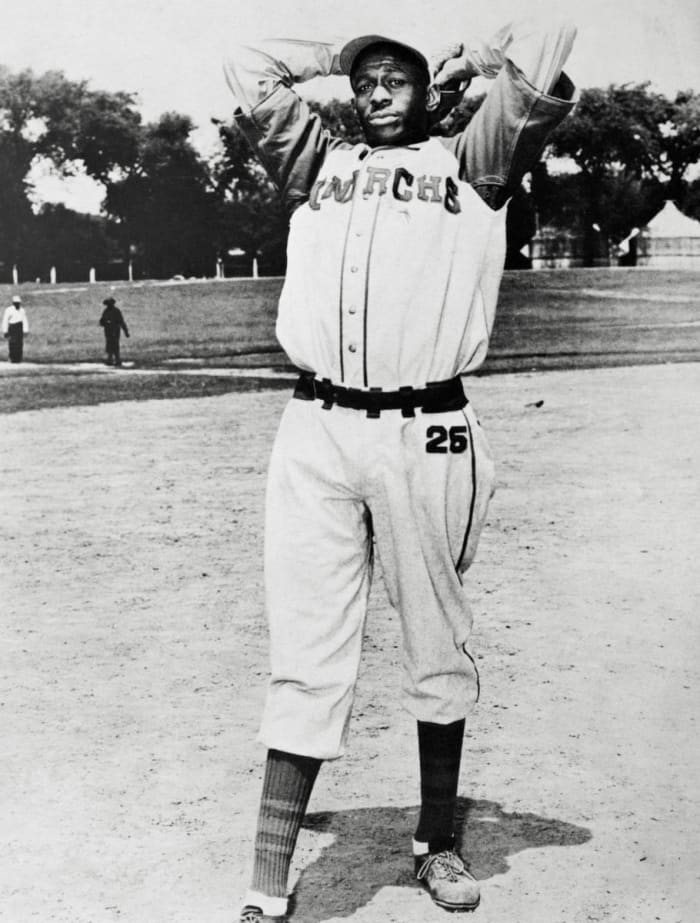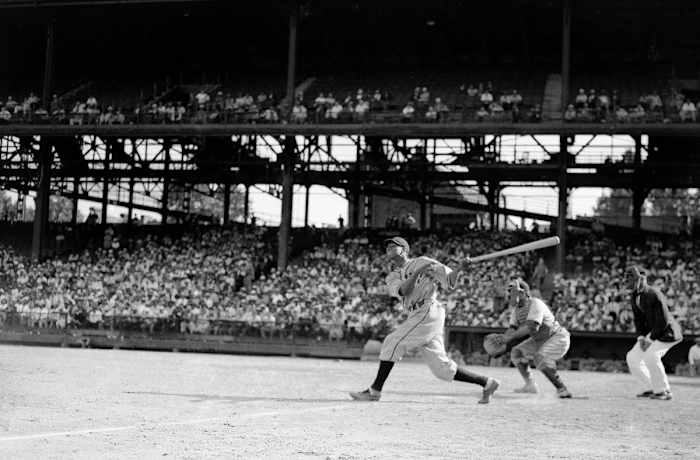Stars Aligned

ELECTRIC SLIDE: Josh Gibson (crossing the plate during a Negro leagues All-Star Game in 1944) may well be the best power-hitting catcher—any league, any era. He was known as the Black Babe Ruth, though some who saw him play refer to the Bambino as the white Josh Gibson.
BETTMANN / GETTY IMAGES

AVERAGE HERO According to his Hall of Fame plaque, Gibson hit almost 800 career home runs. That will be hard to confirm, but once MLB verifies his .441 average in 1943, Gibson will own the highest single-season mark in big league history.
BY NATIONAL BASEBALL HALL OF FAME AND MUSEUM

DO LOOK BACK Between 1948 and ’52, a past-his-prime Satchel Paige (with the Kansas City Monarchs, c. 1940) won 28 games in the American League. With his Negro leagues victories counted as official stats, his major league career total will grow to at least 170.
BY NATIONAL BASEBALL HALL OF FAME AND MUSEUM

CROWD-PLEASERS If the Negro leagues lacked big league status, it was in name only: The Homestead Grays, who split time between Pittsburgh and Washington, D.C., drew huge crowds at Forbes Field (pictured, with Robert Gaston hitting in 1942) and Griffith Stadium.
BY CARNEGIE MUSEUM OF ART, CHARLES “TEENIE” HARRIS ARCHIVE